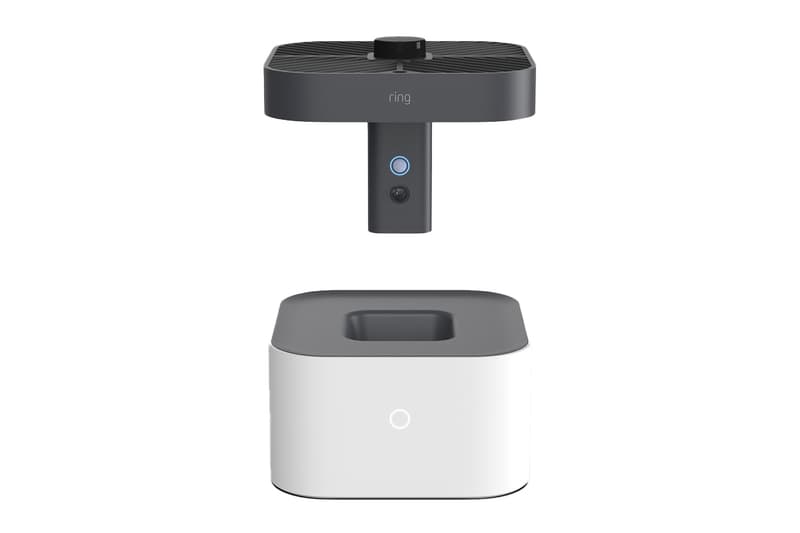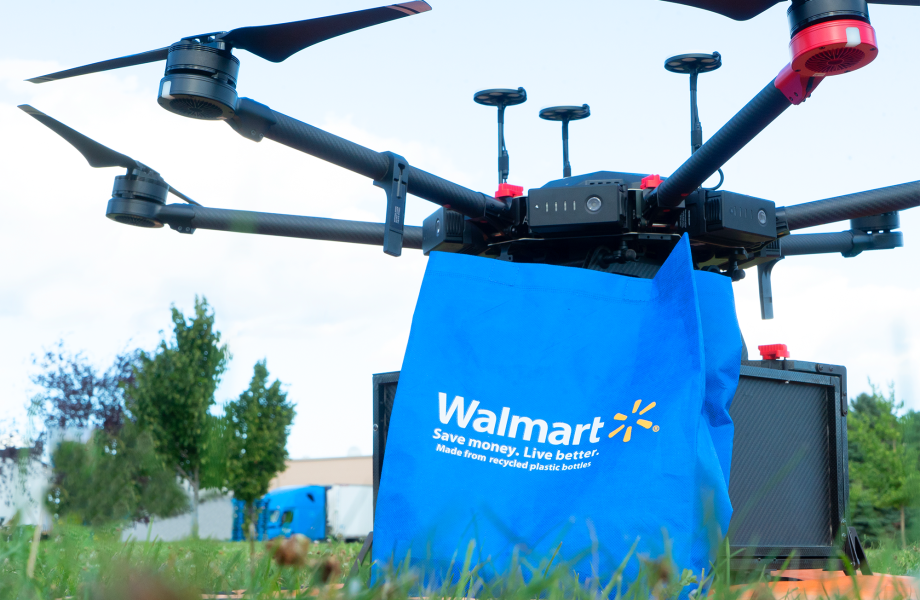Recently, in Ames, Iowa, a new, 10G smart home by Mediacom was revealed. Due to the pandemic, as many people began working or learning from home, the need for a faster internet increased greatly. With a platform running 10 gigabits per second and having over 70 smart devices, this smart home provides a glimpse into life in the future. According to Kylee Mullen from the Ames Tribune, “such speeds allow devices in the house — smart kitchen appliances like a voice-activated faucet, smart coffee maker mug and water bottles; smart security systems like flood, smoke and motion detectors; and virtual and augmented reality for communication and gaming — to work together” (Mullen). To me, all these smart devices seem incredibly interesting and convenient to have. Tom Larsen, the Senior Vice President of Government Public Relations for Mediacom stated, “‘you could do everything you ever want to do from home without ever having to leave’” (Mullen).
During these days, in the middle of a pandemic, this smart home sounds like a pretty good idea to be living in since it will slow the spread if less people leave their house. However, when the need to quarantine ends in the future, this technology might discourage social interaction with the outside world. In my opinion, while I would love to live in a smart home that has numerous features and does whatever I want it to, in the long run, (post-COVID) I feel as though it might be harmful as people will be even more drawn towards staying indoors, instead of being out, physically interacting with the world. But, at the same time, this smart home provides a look into the many advantages technology can offer.



/cdn.vox-cdn.com/uploads/chorus_image/image/67302951/Halo_App_and_Halo_Band.0.jpg)